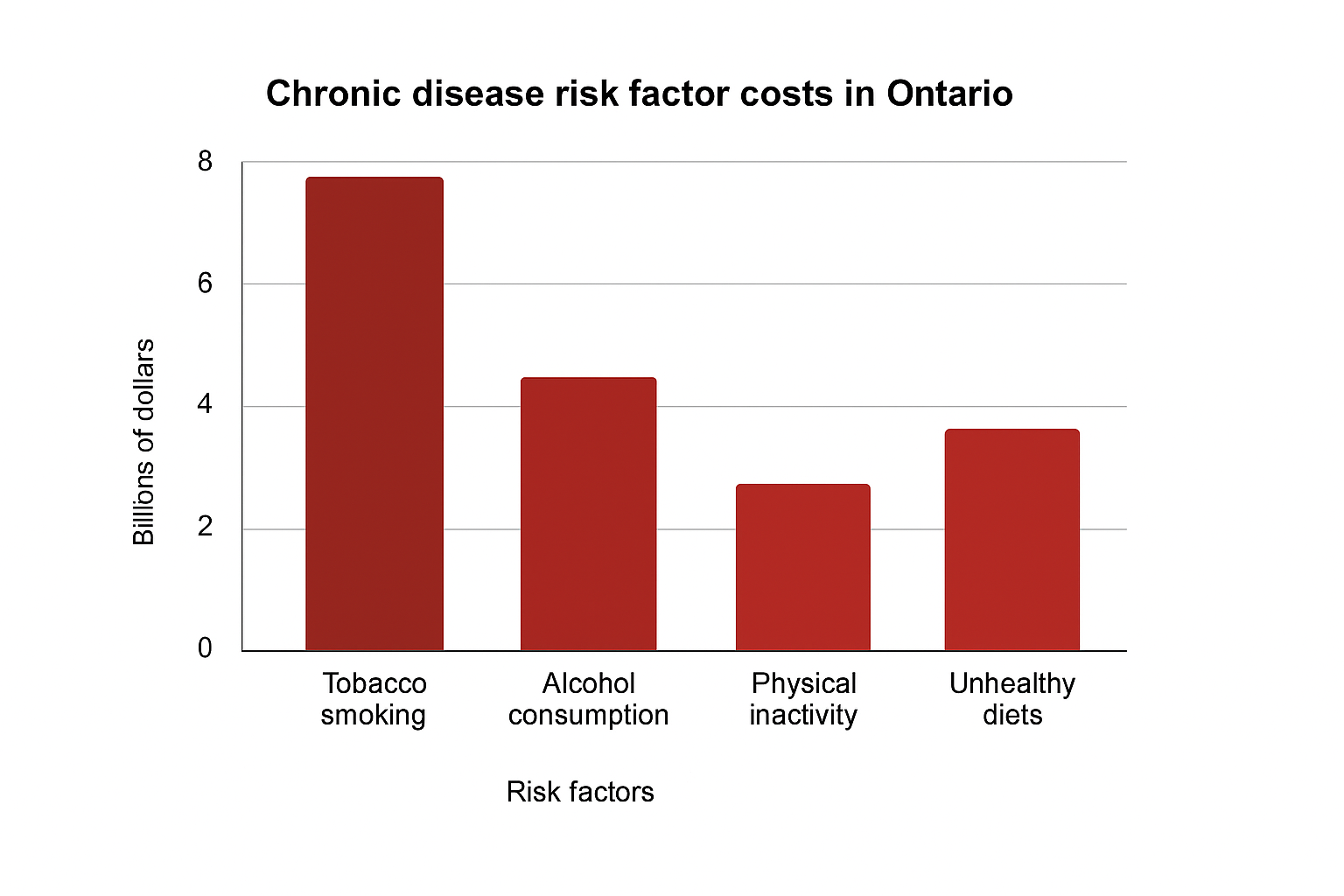Chronic diseases such as cardiovascular disease, cancer, and diabetes are the leading cause of death globally. According to the World Health Organization, they are responsible for about 75% of all deaths worldwide, and their economic toll is enormous.
Globally, the financial impact of these diseases is projected to hit $47 trillion by 2030. This includes both direct healthcare costs—like hospital visits, medicine, and doctor salaries—and indirect costs such as lost productivity when people can't work due to illness or early death.
Governments now spend over 9% of their GDP on health-related expenses (IHME, 2024). This rise in healthcare spending is linked directly to how common and expensive chronic disease management has become.
In Canada, the situation is just as serious. These diseases account for 89% of all deaths and cost the healthcare system more than $80 billion annually. These costs come from hospitalizations, prescription drugs, and emergency care.
There’s also the cost of missed work and long-term disability. Employers lose money through absenteeism and higher insurance claims. For example, in Ontario alone, Public Health Ontario (2023) estimates that chronic disease risk factors cost:
- $7.0 billion for tobacco smoking
- $4.5 billion for alcohol use
- $2.6 billion for physical inactivity
- $5.6 billion for unhealthy diets

These numbers show how important prevention is—not just for our health, but for saving money too. The more people stay healthy, the less governments and employers have to spend on treating preventable illnesses.